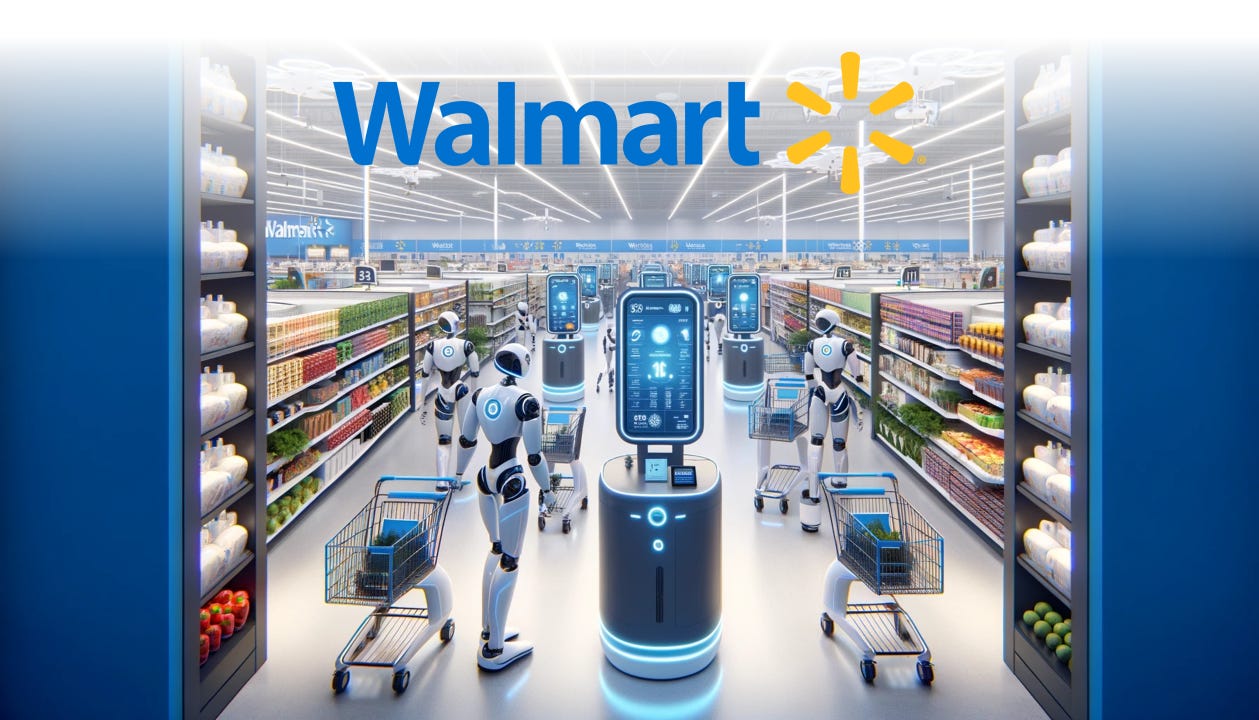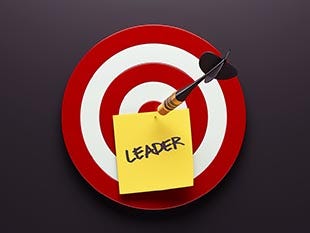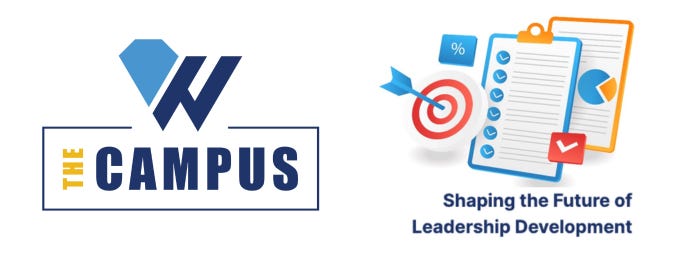Thank you
, , , , , and many others for tuning into my live video with !Stay tuned for my next live session on Substack. Please share this newsletter with your fellow leaders - even your boss! Just slide this link into their inbox, LOL.
This year’s NRF conference was big—massive, really. With nearly 40,000 attendees, the sheer scale was overwhelming, but the true value of NRF lies in what you’re willing to extract from it.
and I recently did a LIVE on Substack to unpack our takeaways from the event, and while we’ll do more of these if you let us know what you’re curious about, here’s a distilled breakdown of the key themes that senior retail leaders and companies need to understand and embrace.AI: Less Hype, More Teeth
AI dominated the conversation, again. But this time, it wasn’t about theoretical capabilities; it was about real-world applications. Companies like Walmart and Lowe’s showcased how AI is no longer just a novelty.
Walmart’s AI-driven forecasting is transforming supply chains, while Lowe’s uses digital twins to map warehouse efficiency before implementing changes.
The unsaid? AI is only as good as the data and strategy behind it. Kit and I discussed how leaders must focus on two critical questions:
What are we feeding into the AI?
What do we do with the insights once we have them?
This is where strategic decision-making becomes non-negotiable. AI can highlight low stock or predict patterns, but without leadership capable of turning that data into action, it’s just noise.
As a senior retail leader, ask yourself: How is my team prepared to translate AI insights into real impact? More importantly, companies, are your equipping them with the skills to think critically about what those insights mean for your business?
Doubling Down on Culture and Development
A standout moment for us was Target’s keynote. The company highlighted how they’ve embedded leadership development into their culture—training employees not just for today’s roles but also for tomorrow’s opportunities.
This isn’t just lip service—it’s personal. As a former Target leader, I’m a direct result of their culture, where leadership development isn’t optional—it’s essential. Target leaders don’t just participate in training; they help shape it, ensuring it’s relevant and actionable.
That experience transformed how I view leadership and growth. Today, as an business owner, executive coach and corporate trainer, I bring those same principles to the leaders I work with - empowering them to create environments where development isn’t a checkbox but a driver of personal change.
Kit noted that this approach isn’t just about filling leadership gaps but about building a bench of ready talent—a concept many companies acknowledge but few execute well.
I shared a stat during our LIVE that resonated: while 83% of companies understand the importance of leadership development, only 5% actively prioritize it.
Why does this matter? Because as Kit said, “The frontline team is everything.”
Companies like Target show us that investing in culture and development isn’t just a “nice-to-have” but a competitive advantage.
Leaders: How are you creating pathways for your team to grow within your organization?
The Human Element: Where Retail Meets Community
It’s easy to focus on technology and operations, but one of the most inspiring themes we observed was the evolving role of the physical store.
Flagship locations from brands like Foot Locker, Louis Vuitton, and Tiffany’s are redefining what stores mean to their communities—moving beyond simple retail to become destinations.
Foot Locker’s open try-on areas encourage engagement. Louis Vuitton transformed a construction site into an iconic marketing opportunity. Tiffany’s added a restaurant to their 10-floor New York location, making it an experience, not just a store.
As Kit wisely pointed out, “Lean into whatever makes your brand your brand. Embrace it, and take care of your people and customers.”
But there’s a question every leader should wrestle with:
What unique role does your store play in your community?
It’s not about copying the latest trend but about doubling down on what makes your brand indispensable to your customers.
Innovate Within Your Core
One of the more subtle yet critical trends was companies innovating within their existing operations rather than chasing every shiny new thing. This approach reduces unnecessary disruption and helps organizations stay focused on their strengths.
As I mentioned during the LIVE, innovation doesn’t have to mean scrapping everything.
Sometimes, it’s about asking, What do we already do well, and how can we amplify that?
The challenge is resisting the pressure to keep up with competitors just for the sake of it. Instead, leaders should prioritize alignment with their brand’s core mission and values.
Why It All Matters
NRF isn’t just a conference; it’s a reflection of where the industry is headed. For leaders, the insights gleaned aren’t about copying trends but about understanding the deeper implications for your teams, customers, and businesses.
Kit and I agreed - retail leadership needs its own space to come together, share best practices, and tackle the challenges of the industry.
Perhaps the NRF will evolve to include more of this perspective in the future.
For now, we’ll keep the conversation going. We’d love to hear from you—what topics would you like us to dive into next?
Drop us a comment on Substack, and if you missed our LIVE, don’t worry. There’s more where that came from.
The Campus 2025 Retail Leadership Development Report
Shaping the Future of Retail Leadership
Your insights are the cornerstone of our first annual The Campus 2025 Retail Leadership Development Report. By sharing your perspective, you’re helping redefine leadership in retail—bridging the gap between today’s challenges and the actionable solutions leaders truly need.
Let’s shape what’s next, together.
Click Here - Let Your Voice Be Heard!



















Share this post